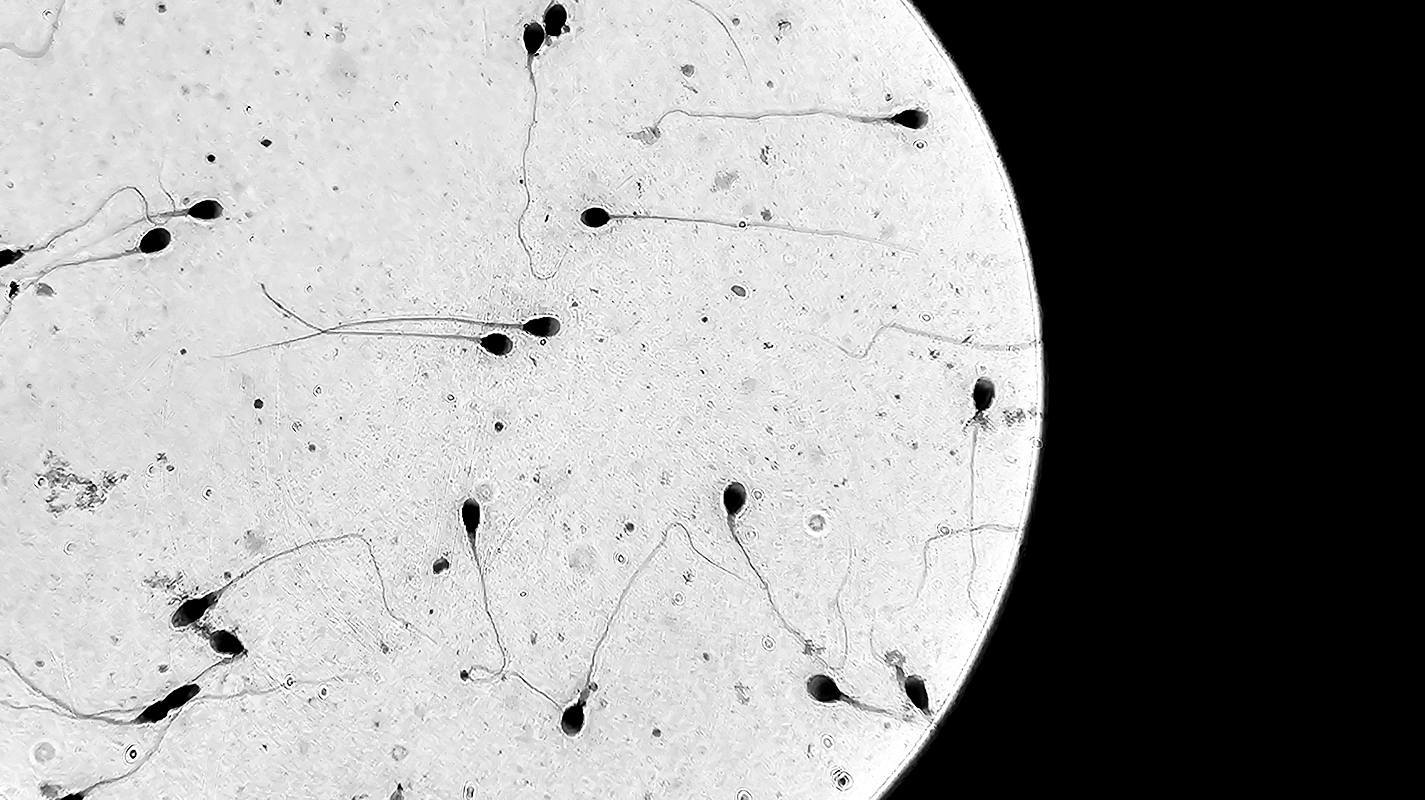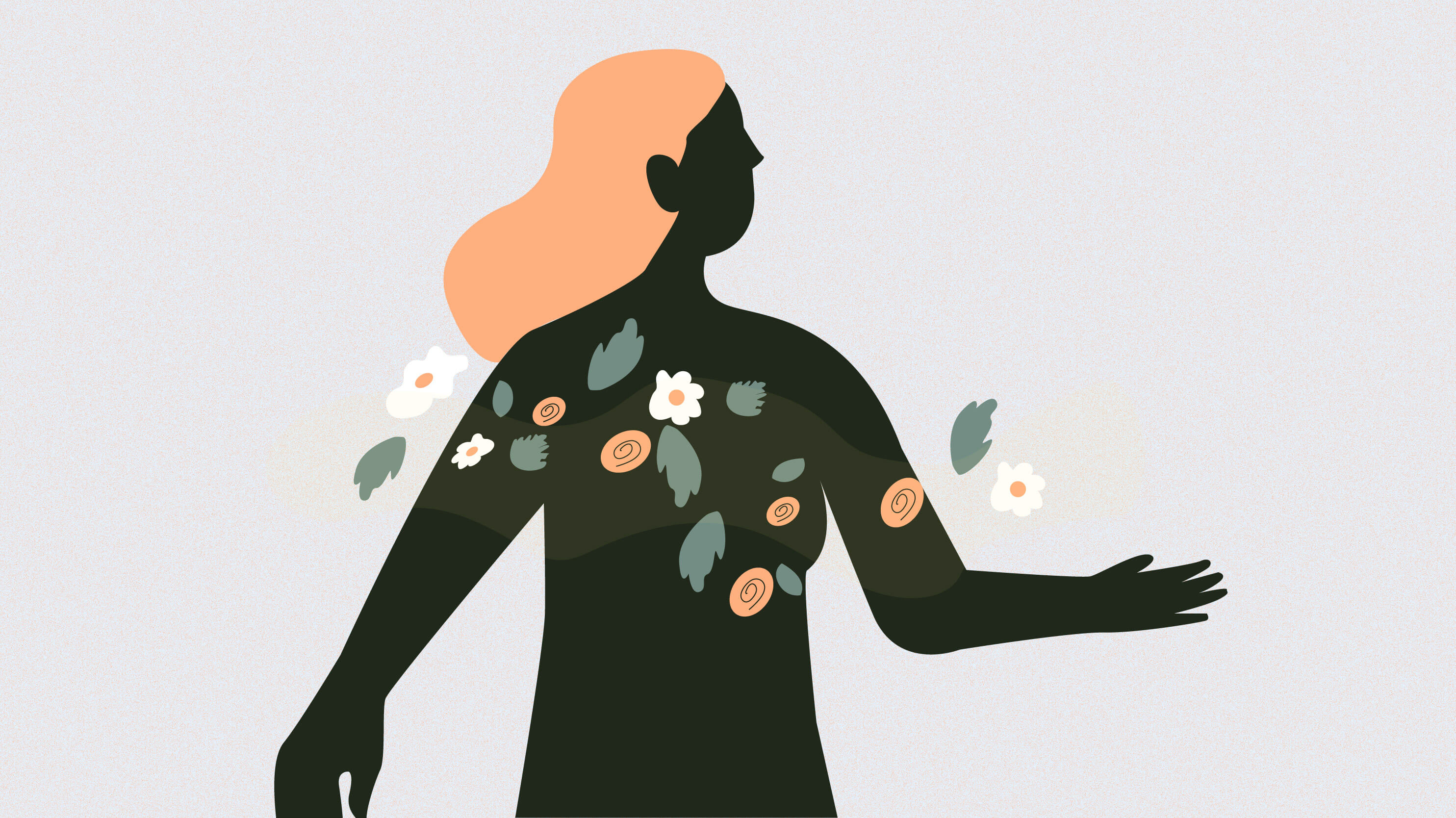The reality of endometriosis

Anatomy preamble
To understand what endometriosis is, we first need to talk about the endometrium. The endometrium is a tissue that forms in the walls of a woman's uterus. The interesting thing is that it is not immobile, but it responds physically to different hormones, such as progesterone and estrogen. In other words, the endometrium becomes thinner or thicker depending on the stage of the menstrual cycle or pregnancy.
Endometrium in motion
- In preparation for ovulation, the endometrium grows to create the ideal atmosphere for fertilized eggs (also known as blasts) to develop.
- If the egg is not fertilized, the endometrium becomes more and more narrow, until it disappears! In fact, menstrual blood contains traces of endometrium that the body discards to prepare for the next cycle.
- Endometrial changes are perfectly normal in the functioning of the uterus.
Now yes, what is endometriosis?
Well, basically, the endometrium of a person with endometriosis does not respond to the hormones that are generated in the menstrual cycle or pregnancy. Because of this, the cells contained in the endometrium leave the uterus and implant in different parts and organs of the body: the ovaries, the intestine, the bladder, the perineum or the fallopian tubes. This causes inflammation, irritation and fibrosis, and significantly affects a woman's menstrual and reproductive cycle. Although this sounds crazy: 176 million people in the world have endometriosis!
Scary cramps are not normal
One in ten women has endometriosis, but not all of them know it because the symptoms have normalized. Endometriosis has been very little studied by science, that's the reality. And one of the reasons for the limited research is that the symptoms of endometriosis (pelvic pain, excessive bleeding, and heavy menstrual cramps) were considered symptoms of a normal period. But no! Too much pain isn't normal, too much blood isn't normal. We should not ignore the symptoms because, firstly, pain should not be ignored and, secondly, between 20% and 70% of women who face difficulty conceiving have endometriosis, which can affect fertility.
Endometriosis and Infertility
We said that endometriosis is when tissue doesn't respond to hormonal changes. This, in turn, interferes with the ovulation cycle, with the travel of sperm through the tubes, with the fertilization of eggs, and with the growth of the embryo in the uterus. Endometriosis is one of the causes of infertility. And while there's no cure, there is treatments for endometriosis that can help with frequent symptoms and difficulty conceiving.







